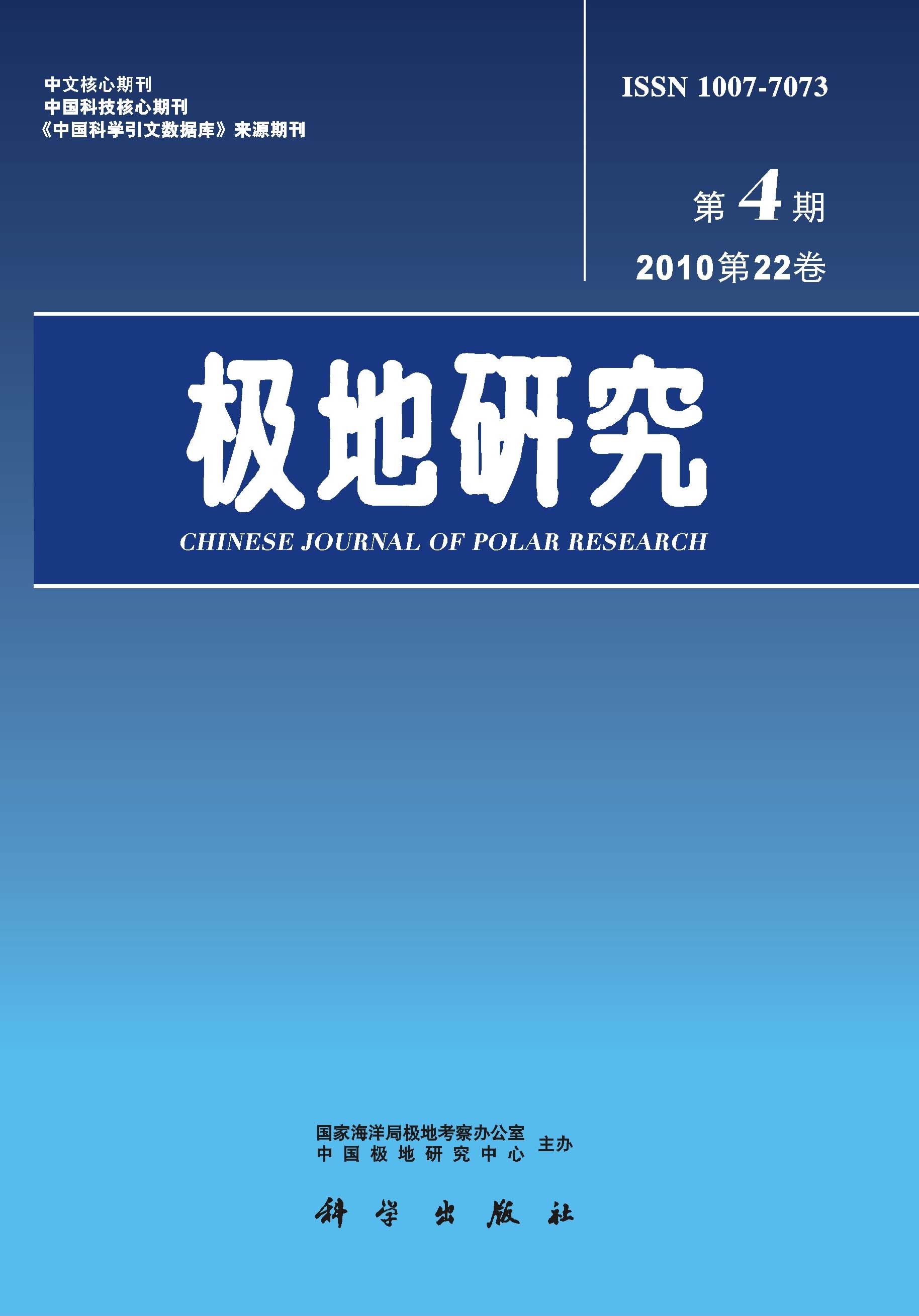Fildes Peninsula contains subalkaline volcanic rocks and rich flora-bearing pyroclastic-sedimentary sequence which was named as Fildes Peninsula Group(FPG)(Hawkes,1961;Barton ,1965; Birkenmajer,1982; Li et al.,1989).FPG is divided into five formations and an abnormal lithostratigraphic unit based on differences in lithologic, biotic and volcanic characteristics in the present paper(table 1). 1.Upper Cretaceous Half Three Point Formation(HTPF) This formation is defined as a new lithostratigraphic unit on an inlet near Half Three Point of Fildes Peninsula of King George Island(Figs.1-3)(Shen,1991). The sedimentaty rocks cropping out consist of well-consolidated and finely laminated dark-greyish tuffites,tuffaceous siltstones and mudstones which was attributed to Eocene Fossil Hill Formation by Li and Liu (1987). The palynomorph assemblage found in the formation is of Late Cretaceous in age(probably Campanian-Maastrichtian)(Cao,1990).The isochron age of the tuffites by Rb-Sr wholerock is 71.3±0.3 Ma (Wang and Shen, in press).Therefore,HTPF probably represents the oldest beds in the Fildes Peninsula, King George Island. 2.Paleocene strata Paleocene volcanic rocks are subdivided into two formations based on volcanic charateristics and radiometric date in Fildes Peninsula (Li and Liu,1987;Liet al., 1989).The Jasper Hill Formation which is only exposed in the south western part of the peninsula consists of massive basalts and volcanic breccias, about 107m thick.So far no fossils have been found.The Agate Beach Formation is widely distributed in the peninsula.It consists largely of amygdaloidal basalts,volcanic breccias and agglomerates. The thickness of this formation ranges from 30m to 140m.Several woods have been found from pyroclasts at Northwest Platform near Collins Glacier, and at Rip Point of Nelson Island (Shen,1990).The isochron age of both formations is 64.60±1~53±1Ma (Li et al.,1989). 3.Eocene strata Eocene volcanic-sedimentary sequence consists of two formations (Fossil Hill Formation and Block Hill Formation). Fossil Hill is a famous locality with the occurrence of flora and bird footprints. Fossil Hill Formation (FHF) can be further subdivided into lower and upper parts based on lithology,depositional environment and biotas in the present paper.The strata outcropped in the type area only represent the lower part of formation which is composed of a suit of volcano-clastic sediments, basically from coarse to fine in ascending order, interbedded with coal seams, about 12.5m in thickness. The rock outcropping near the Rocky Cove with a visible thickness over 36m possible represent the upper part of the FHF, where a good section is exposed during the austral summer. They are largely composed of tuff containing fossil flora, coarse volcaniclastic and interbedded lavas. With the exception of the spore pollen and flora, no other fossils were found from this locality. Both Rocky Cove and Fossil Hill have a similar Eocene floral assemblage, but the former being slightly younger than the latter based on the stratigraphical sequence and floral differentiation, although relationships between both strata are not directly shown.The plant-bearing tuffs in Rocky Cove extend northeastward to the Artigas Station(Uruguay) near Suffied Point and to the margin of Collins Glacier. The volcaniclastic rocks in the west side of Ardley Island are probably related to those of Rocky Cove and Suffied Point. The clastic lavas of the Block Hill Formation, only 35m thick,are a product of autoclasis of top, bottom and tongue parts of the lavas(Li et al.,1989). 4.Miocene volcanic rocks An isotopic age(22.06Ma) obtained from the lavas in the Suffied Point (Zheng et al.,1991) provides leads for further study on the Oligocene or Miocene volcanic rocks in Fildes Peninsula. In this paper,the rocks was provisionally named as "Suffied Point Volcanics",reflecting Late Oligocene or Early Miocene volcanism of the peninsula.

